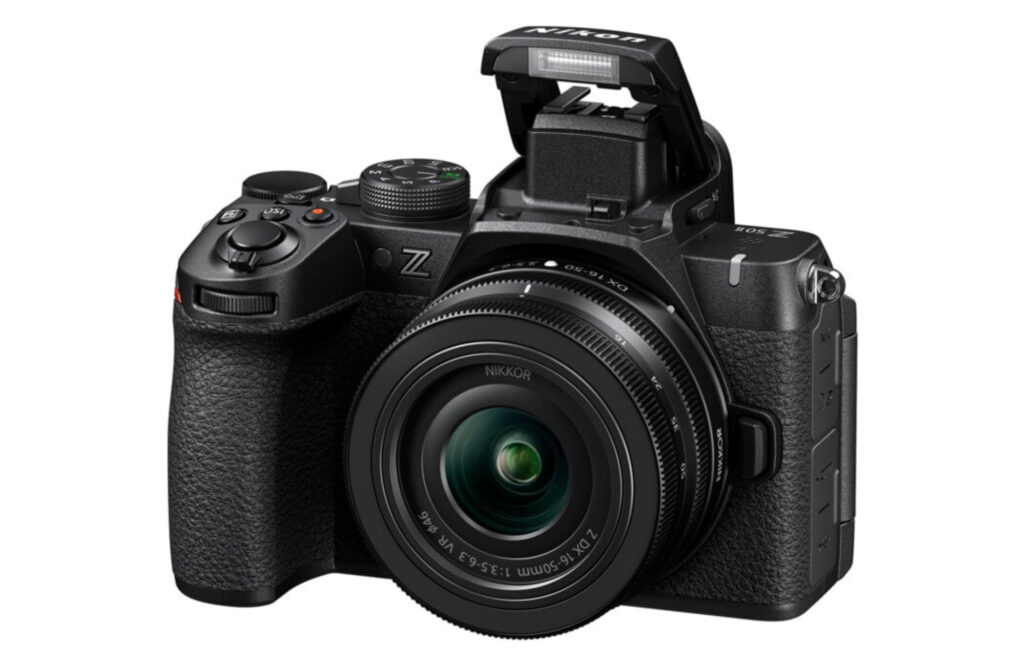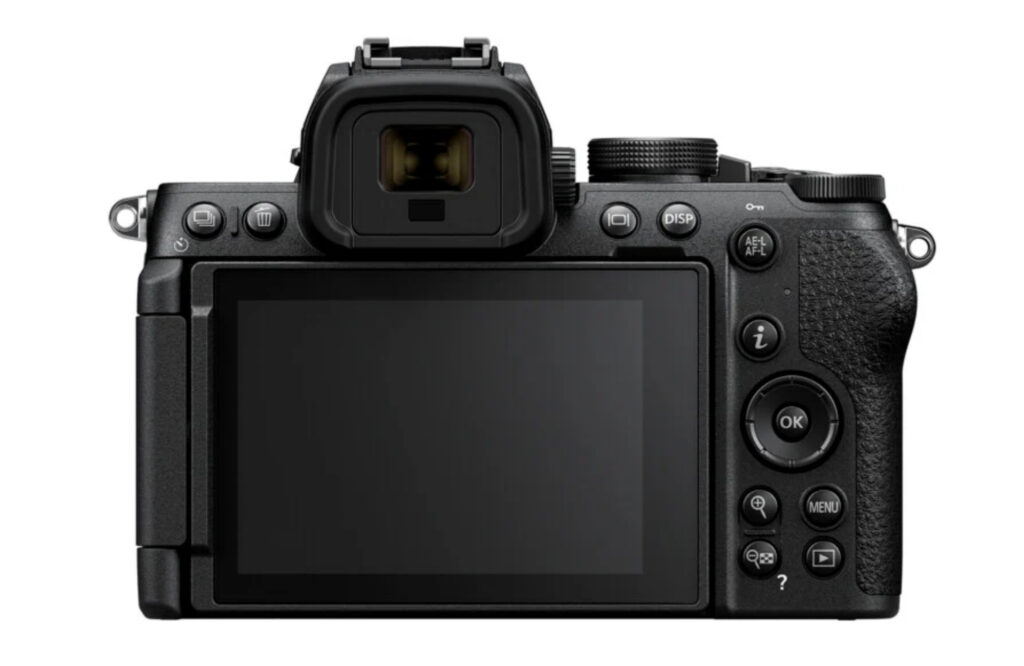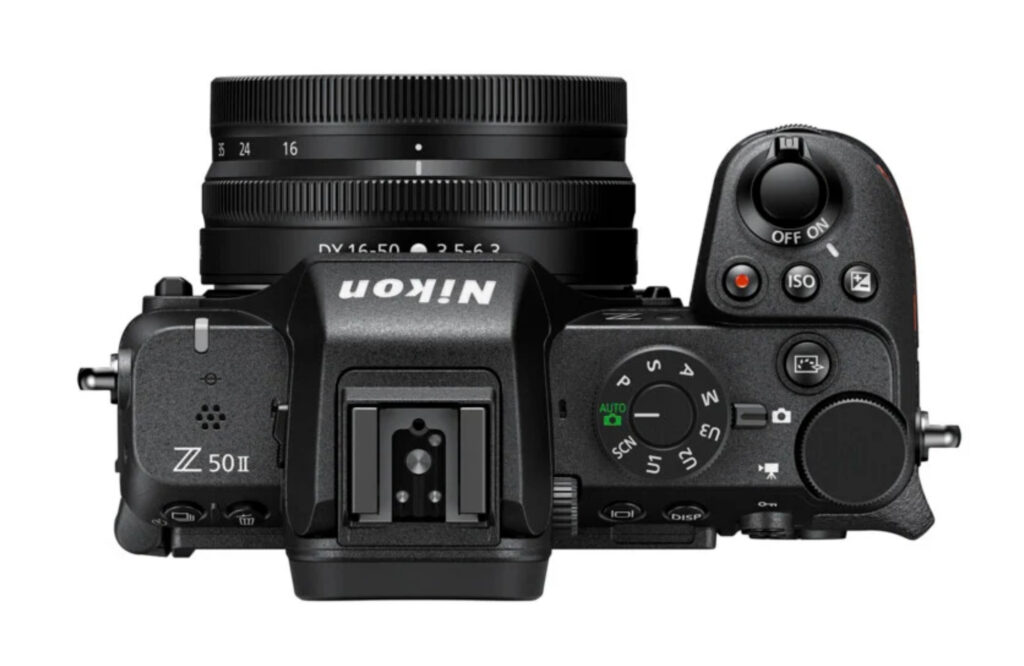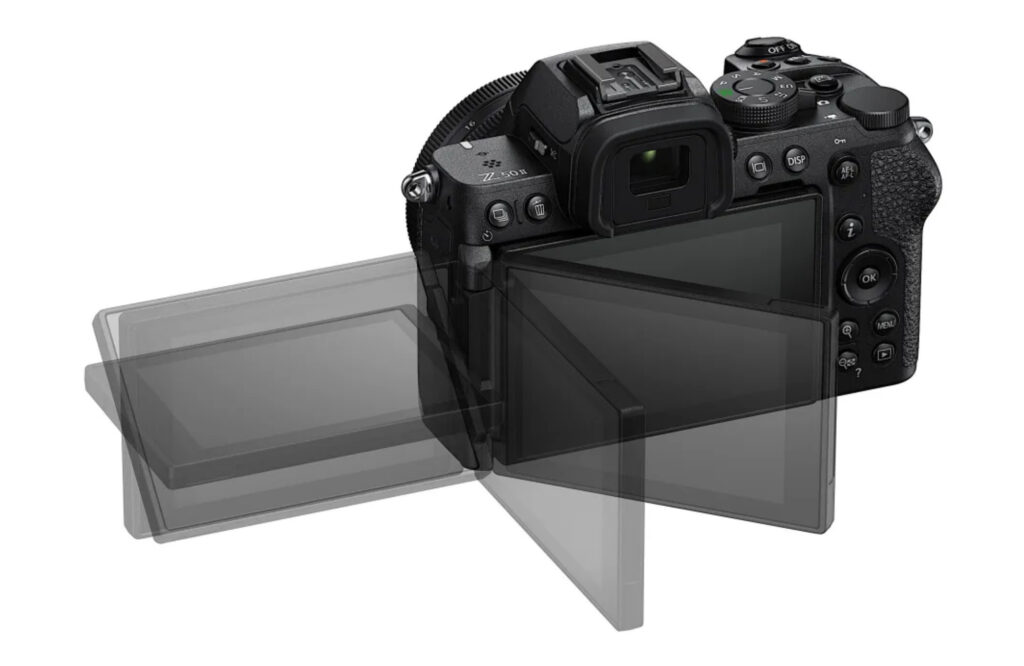Nikon has unveiled the Z50 II, the successor to its mirrorless APS-C camera that was introduced all the way back in 2019. Key upgrades include a dedicated Picture Control button, the powerful EXPEED 7 processor, and advanced video capabilities such as 10-bit N-Log capture.
The Nikon Z50 II retains the 20.9-megapixel APS-C (DX) sensor from its predecessor but benefits from the new EXPEED 7 image processor. This engine enhances overall performance, particularly in autofocus, which now includes 3D tracking. The camera features an ISO range of 100 to 51,200 and introduces a pre-release capture mode, allowing it to buffer images up to a second before the shutter is fully pressed. This feature supports between 15 and 30 JPEGs, though RAW capture is not available.

In terms of shooting speed, the Z50 II offers 30 frames per second with an electronic shutter and 11 frames per second with a mechanical shutter. The autofocus system supports nine subject detection modes, including people, animals, and various vehicles. However, the camera lacks in-body image stabilization, relying instead on digital stabilization, which applies a noticeable crop.
A new Picture Control button allows users to access up to 31 built-in colour presets, offering creative options for both photo and video. Nikon highlights the feature as a way to experiment with expressive colour grading.
The Nikon Z50 II can record 4K footage oversampled from 5.6K resolution at up to 60p, though this mode incurs a 1.5x crop. Other video-focused features include a Product Review Mode, Hi-Res Zoom for lossless zooming, and a tally lamp. Additionally, the camera can shoot in 10-bit N-Log and offers a waveform monitor for precise exposure control. In terms of battery life, Nikon says the new EN-EL25a enables for over an hour of continuous video recording.

The Z50 II is equipped with a pop-up flash, mic and headphone jacks, micro HDMI, and USB-C for charging and power delivery. It supports UVC/UAC for live streaming as a webcam. The electronic viewfinder (EVF) has been upgraded to 2,360K dots and 1,000 nits brightness, while the 3.2-inch vari-angle LCD offers a more versatile design than the original Z50’s flip-down screen. Additionally, storage is managed through a single UHS-II memory card slot.

In the US and other select regions, the Nikon Z50 II is set to launch in late November 2024 for US$910 (~RM3,989) for body only, US$1,050 (~RM4,602) when bundled with a Nikkor Z 16-50mm f/3.5-5.6 VR kit lens, and US$1,300 (~RM5,698) when bundled together with the kit lens and and a 50-250mm f/4.5-6.3 VR lens. For what it’s worth, Nikon Malaysia is already promoting the new camera via its social media channels, but there’s no mention of its local arrival or pricing at this time.
(Source: Nikon US [official website] / Nikon Malaysia [Facebook])
Follow us on Instagram, Facebook, Twitter or Telegram for more updates and breaking news.






